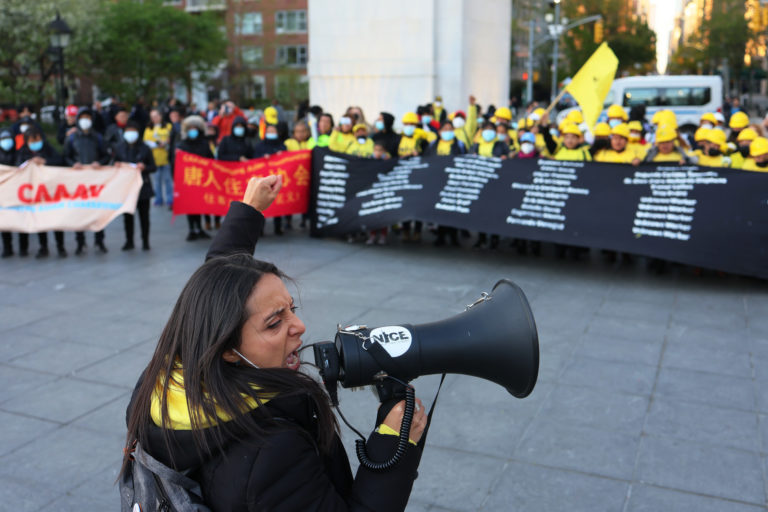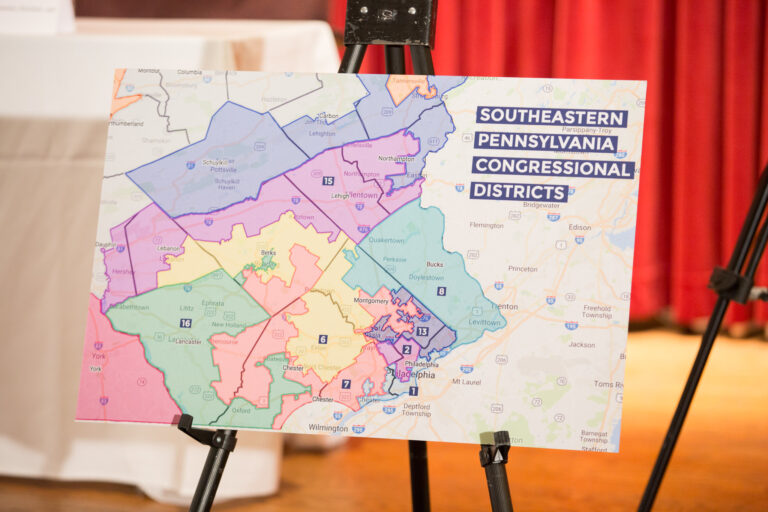Emily Miller is a student at Harvard Law School.
Mixed Martial Arts fighters are battling to improve their bargaining power with legislation which would subject their promoter, UFC, to regulations comparable to those in the boxing industry, reports Lydia DePillis of the Washington Post. The proposed legislation would make calculations of ranking and pay more transparent, enabling fighters to bargain more effectively on their own behalf. Meanwhile, the MMA Fighters Association, founded in 2006, is pushing even broader-reaching legislation which would classify MMA fighters as employees. Unlike unionized professional sports such as football and baseball, where athletes are considered employees, MMA fighters are currently classified as independent contractors not entitled to collective bargaining rights. DePillis writes that one of the most contentious issues for fighters arose when UFC cut an exclusive sponsorship deal with Reebok, preventing the fighters from seeking out any other sponsors to supplement their pay.
In other sports news, the New York Times took a closer look at claims of pay disparity between the Men and Women’s National Soccer Teams. Although profits from the U.S. Women’s Soccer team outpaced the Men’s team by over $4 million in 2015, claims filed with the EEOC by the United States Women’s National Soccer Team Players Association in March allege that female players earn a quarter of what male players make. While wages were comparable for the top ten female players in 2015, the number 50 female player made 10 times less than her male counterpart. According to Rich Nichols, general counsel for the Women’s Players Association, “the women have to perform at a world-beating level just to keep pace financially.” U.S. Soccer argues that some of the difference in pay is accounted for by the Men’s longer qualifying schedule and differences in salary structure. However, the Women’s Team plays more games on a year-to-year basis and, unlike their male counterparts, cannot claim bonuses unless they win. The EEOC complaint was filed in the midst of ongoing negotiation between the Women’s Players Association and U.S. Soccer, which is “likely to determine the players’ pay and working conditions through the next World Cup or two,” according to the Times.
Politico reports that worker fatalities were up in 2014 to 4,821, the highest level since 2008, according to new estimates by the Bureau of Labor Statistics. Workers 55 and older in particular suffered a “record-high” of 1,691 fatal injuries in 2014. These most recent estimates exceed those last released by BLS in September.
Fortune reported that Verizon is not yet feeling financial pressure from the ongoing strike of nearly 40,000 unionized telecommunications workers, but that its “too early” to see long-term effects of the strike. While the company is “not anticipating” a long-term walkout, the International Brotherhood of Electrical Workers and the Communications Workers of America, who represent the striking employees, have not indicated how long the strike will go on; the last Verizon strike of this magnitude lasted for about two weeks in 2011. Meanwhile, the Wall Street Journal reported that striking Verizon employees in New York have begun following replacement workers to bring the picket line to service assignments at utility poles and customer homes. While practice has been criticized by company officials, Tony Spina, President of the CWA 1109 of Brooklyn, defended the strategy, saying, “we want to inform the public and the customers that the experienced workforce is on strike and they have people with minimal training doing the work for them.






Daily News & Commentary
Start your day with our roundup of the latest labor developments. See all
December 18
New Jersey adopts disparate impact rules; Teamsters oppose railroad merger; court pauses more shutdown layoffs.
December 17
The TSA suspends a labor union representing 47,000 officers for a second time; the Trump administration seeks to recruit over 1,000 artificial intelligence experts to the federal workforce; and the New York Times reports on the tumultuous changes that U.S. labor relations has seen over the past year.
December 16
Second Circuit affirms dismissal of former collegiate athletes’ antitrust suit; UPS will invest $120 million in truck-unloading robots; Sharon Block argues there are reasons for optimism about labor’s future.
December 15
Advocating a private right of action for the NLRA, 11th Circuit criticizes McDonnell Douglas, Congress considers amending WARN Act.
December 12
OH vetoes bill weakening child labor protections; UT repeals public-sector bargaining ban; SCOTUS takes up case on post-arbitration award jurisdiction
December 11
House forces a vote on the “Protect America’s Workforce Act;” arguments on Trump’s executive order nullifying collective bargaining rights; and Penn State file a petition to form a union.